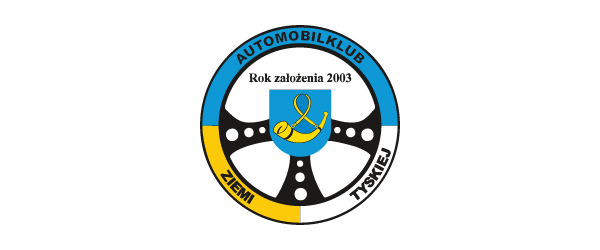What is rallying?








What is rallying?
Teams consisting of a driver and a co-driver compete in rallying. Competitors race only on special stages, i.e. road sections that are closed to traffic, professionally secured and not frequented. Between the individual special stages (the so-called SS), the teams drive along liason roads – in open traffic, respecting all provisions of the road traffic law.
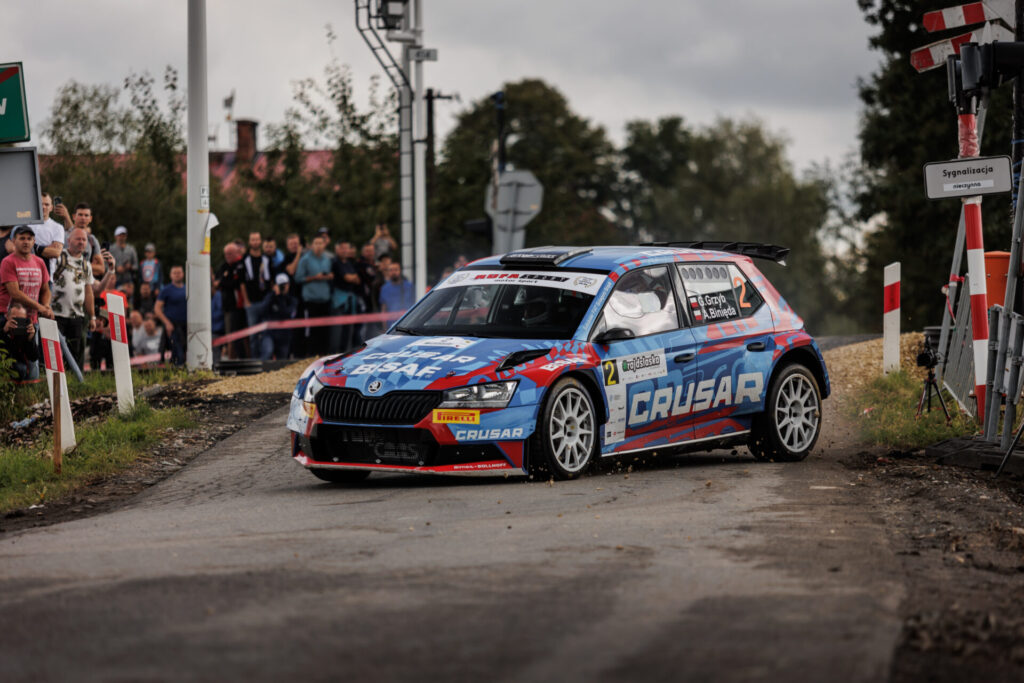
The course of rallying is determined by an itinerary which the teams must observe, i.e. check in at specific times at specific locations – the so-called time controls (TC). The route is formed in loops, consisting usually between two and five SSs. Between the individual loops, the teams drive to the service park, usually located at the rally base. Mechanics can only repair cars in the service park and have a designated time for this – also specified in the competition itinerary. Outside the service park, rally cars can only be repaired by the driver and co-driver.
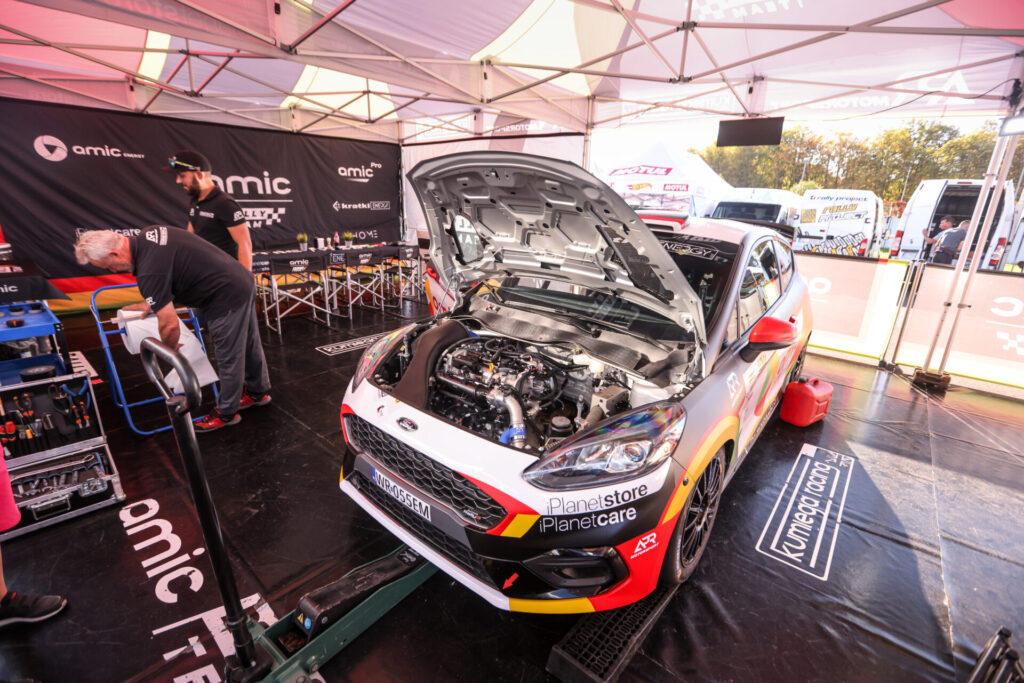
Polish Rally Championship (RSMP) – information
The RSMP is the most important and highest ranked rally series in Poland. Competitors compete for the title of the Polish rally champion in the general standings, as well as for championship crowns in individual groups. In 2021, a new group division was introduced in the RSMP. Following the example of the World Rally Championship, rally cars are currently divided into five main groups:
- Group Rally1 – is the highest level in rallying – it includes cars of the former WRC class and future hybrid rally cars. The Group Rally1 cars are not allowed to participate in regional championships – so we will not see them in either the European Rally Championship or the RSMP.
- Group Rally2 – the second level in the rally car pyramid, replacing the R5 class and the older S2000 rally cars. These are fully high-performance cars, built from scratch for motorsport based on series models. The cars are powered by 1.6-litre turbo engines with a power of about 280-300 hp, with a four wheel drivetrain. The cars in this group include: Skoda Fabia Rally2 Evo, Ford Fiesta Rally2, Hyundai i20 R5, Volkswagen Polo GTI R5 or Citroen C3 Rally2. In the RSMP, these cars will certainly fight for victory.
- Group Rally3 – it is a new class in rallying. It is intended to replace the former Group N, in which series cars competed. It is open to cars with four wheel drive and 1.6-litre turbo or 2.0-liter non-supercharged engines, with a power of approx. 210 hp. Apart from an additional wing at the rear, the bodies of these cars must remain series. At the moment, the only car available in this category is the Ford Fiesta Rally3, but other manufacturers will surely join the competition soon.
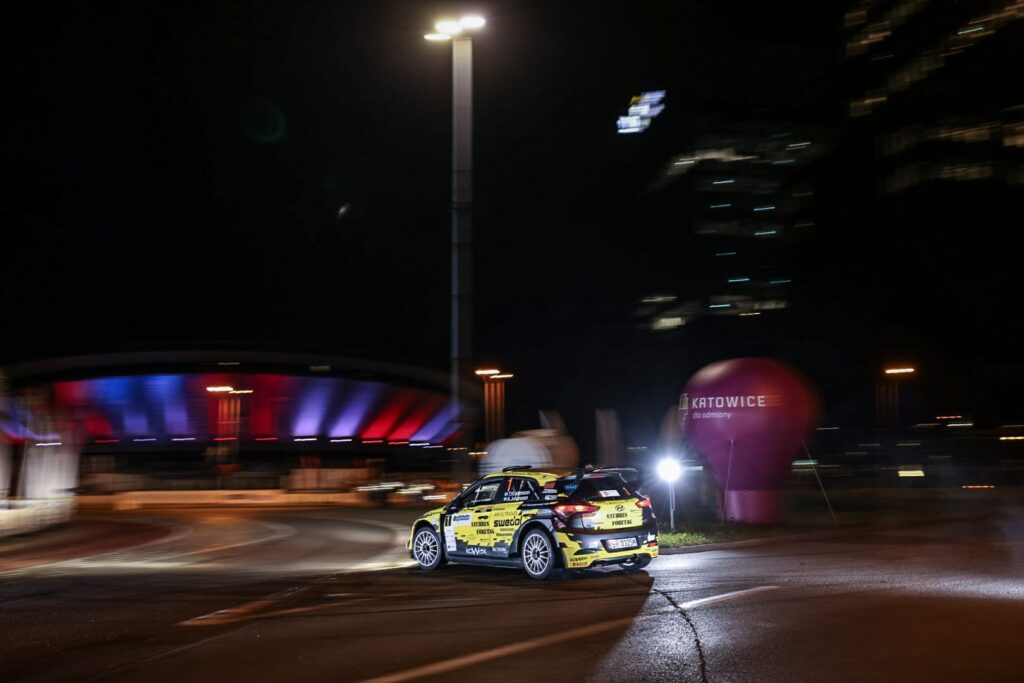
- Group Rally4 – is a continuation of the popular R2 class rally cars. They are also fully high-performance cars, built from scratch for motorsport based on series models. These cars are powered by engines with a maximum capacity of 2000 cm3 (non-turbo) or 1333 cm3 (turbo) with a power of approx. 210 hp. In design, they are very similar to the Group Rally3 cars, but do not have four wheel drive and a rear wing. In this category, in addition to the latest designs such as the Peugeot 208 Rally4, Ford Fiesta Rally4 or Opel Corsa Rally4, we can also see the older R2 class cars – the Peugeot 208 of the previous generation, the Ford Fiesta or the Citroen DS3 of the R3 class.
- Open – is a regional category, which includes cars that were previously allowed to compete, but which do not fit into the new group division. In this category, production cars can compete, i.e. rally cars that are series versions of sports models with strictly limited modification options. The examples of such cars are Subaru Impreza and Mitsubishi Lancer. In addition, competitors with Prototype cars also race in this class. These designs are usually based on Mitsubishi Lancer components in car bodies such as Ford Fiesta, Citroen C3. The Proto cars – although they are similar to the R5 class cars, they are less technically advanced and clearly slower. This category also includes RGT cars, i.e. stylish
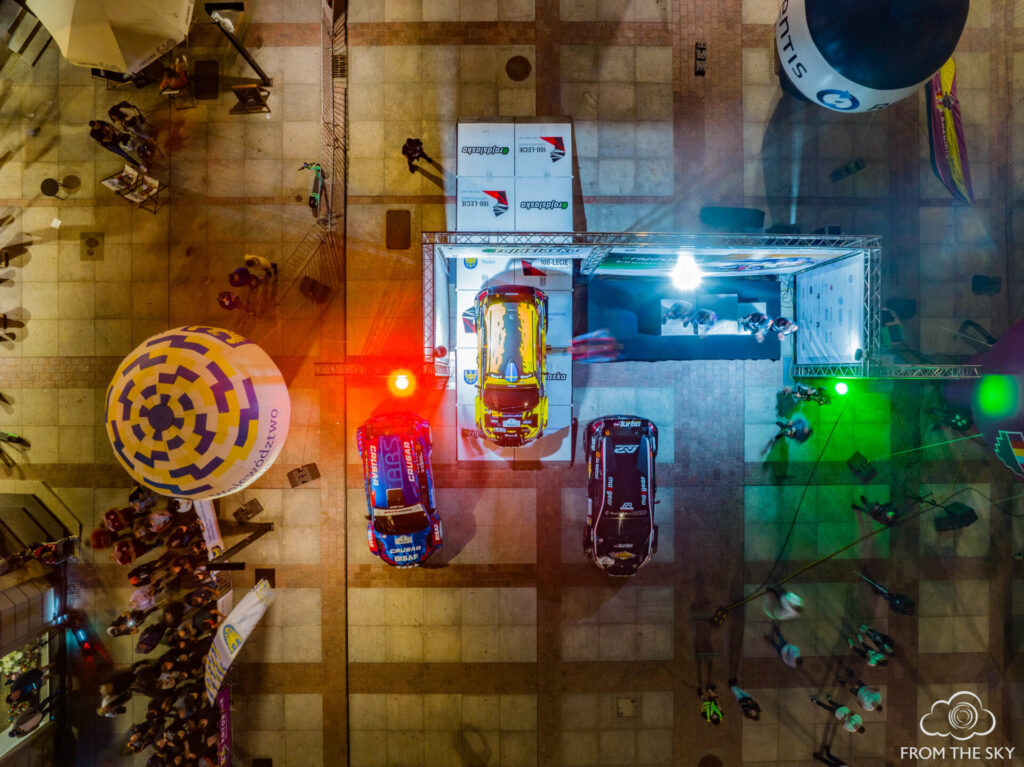
- HR – historic groups, a gateway for owners of slightly older rally cars built in accordance with regulations established a dozen or so years ago. These include, among other things, true classics such as the BMW 318 IS or Subaru Impreza 555, as well as the Honda Civic, Renault Clio Sport, Citroen Saxo and Peugeot 206, which are very popular on rally routes.
- Rookie Cup – it is also this year’s novelty in the RSMP. The cars of any class with two wheel drive may compete in this competition. As the name suggests, this is a series intended for drivers starting in the national championship for the first time.
- RallyN – from the 2022 season, cars built according to the new national regulations, which assume minimal modifications and low car construction costs, may also compete. These cars can only compete in the Rookie Cup.
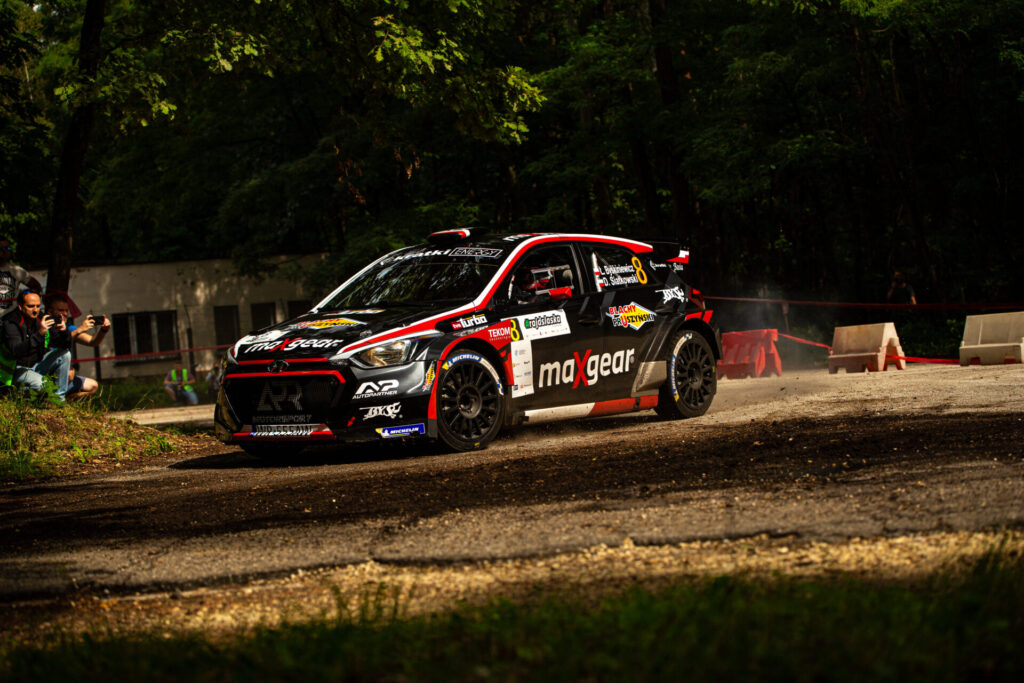
The 2024 Polish Rally Championship itinerary consists of seven rounds:
- 26-28 april – 52. Rajd Świdnicki (tarmac)
- 18-19 may – Rajd Nadwiślański 2024 (tarmac)
- 7-9 june – Valvoline Rajd Małopolski 2024 (tarmac)
- 12-14 july – 50. Rajd Koszyc (Slovakia) (tarmac)
- 8-10 august – 33. Rajd Rzeszowski (tarmac, FIA ERT)
- 13-15 september – 69. Rajd Wisły (tarmac)
- 11-13 october – Rally Silesia 2024 (tarmac, FIA ERC)
The RSMP rounds have about 120 km of special stages. This distance is usually divided into 9-14 SSs. The top ten teams of each round of the RSMP score points for the general standings of the championship. In addition, the competitors also score points in individual classes. The final special stage of the rally is the so-called Power Stage, i.e. the SS where the three fastest teams score additional points to the championship standings. The team with the most points during the season becomes the Polish Champion.
Over the last decade, drivers from the Silesian Voivodeship have been doing great in the competition for the titles of the Polish Rally Champion. Kajetan Kajetanowicz from Ustroń won four championship titles in a row (2010, 2011, 2012 and 2013). A year later, the championship was won by Wojtek Chuchała, born in Bielsko-Biała. In turn, in the 2015 season, the best rally driver in Poland was Łukasz Habaj from Katowice.
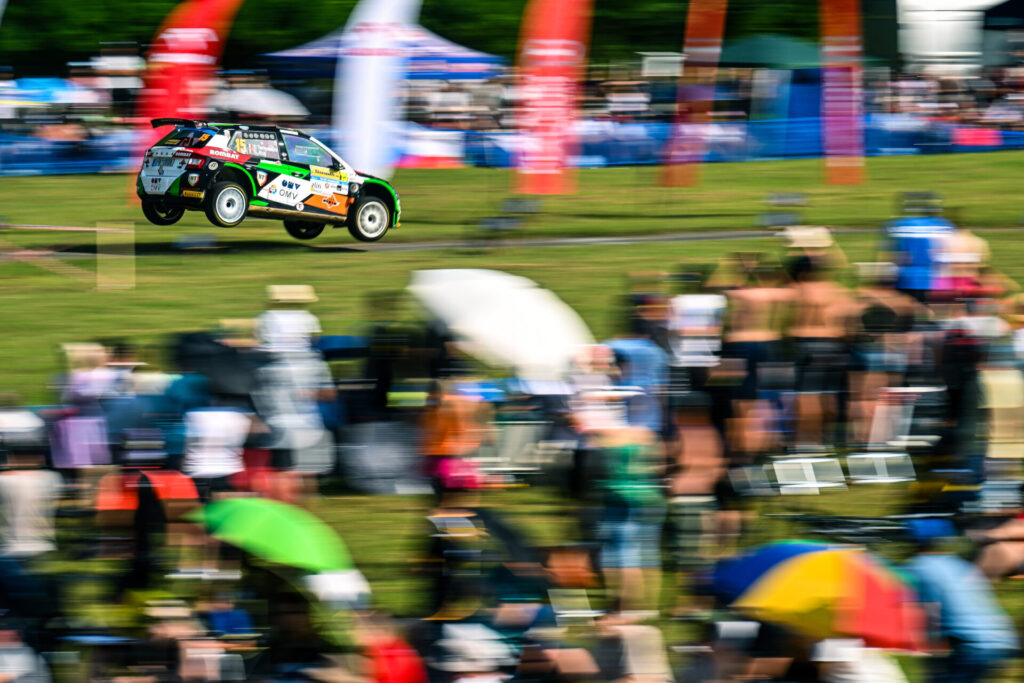
The itinerary of the 2024 FIA ERC includes eight rounds.
- 12-14 April – V. Rally Hungary (Hungary, gravel)
- 2-4 may – Rally Islas Canarias (Spain, tarmac)
- 13-15 june – Royal Rally of Scandinavia (Sweden, gravel)
- 5-7 july – Rally Estonia (Estonia, gravel)
- 26-28 july – Rally di Roma Capitale (Italy, tarmac)
- 16-18 august – Barum Czech Rally Zlín (Czech Republic, tarmac)
- 30 august – 1 september – Rali Ceredigion (Great Britain, tarmac)
- 11-13 october – Rally Silesia (Poland, tarmac)
The oldest international rally series celebrated its 70th anniversary in 2023. Poles also played an important role in the European Rally Championship – both as participants and organizers of the rallies.
The European Rally Championship (FIA ERC) was first organized in 1953. The calendar included 10 rounds, and the first champion was German Helmut Polensky. Until the creation of the World Rally Championship (WRC) 20 years later, it was the most important and most prestigious series in this motor sports discipline.
Italians achieved the most success in the FIA ERC – as many as 18 drivers from this country won the championship title. Second place in this classification is taken by Germany (13 drivers). But Poles were also on the list of winners: Sobiesław Zasada won the championship crown in 1966, 1967 and 1971 – even before the WRC was established. In 1997, Krzysztof Hołowczyc followed in his footsteps, and in the 2015, 2016 and 2017 seasons, the best driver on the Old Continent was Kajetan Kajetanowicz. Next to Zasada and Kajetanowicz, only Luca Rossetti can boast of three European champion titles. On the podium in the ERC general classification were, among others: Andrzej Jaroszewicz, Marian Bublewicz, Janusz Kulig, Leszek Kuzaj, Michał Sołowow, Łukasz Habaj and Mikołaj Marczyk.
FIA ERC rounds were held in almost all European countries. In 1960, Poland joined this group. Since the 1970s, when there were already over 20 rallies in the calendar, their rank began to be differentiated – points scored in the most difficult rounds were multiplied by an appropriate coefficient. Almost from the beginning, Rally Poland was classified as one of the rallies with the highest coefficient – initially 4, and later 20. In 2004, the FIA reformed the European Championship. The cycle calendar has been reduced to approximately 10 rounds, which have so far had the highest rate – including the Polish round. In 2009 and 2014-2017, the Polish Rally was a round of the WRC – in 2016 and 2017, it was replaced by the Rzeszów Rally in the ERC calendar.
Today, it is still one of the most important rally series in the world. Many drivers excelling in WRC rounds today achieved their first successes on the Old Continent: Sandro Munari, Jean-Pierre Nicolas, Bernard Darniche, Walter Röhrl, Jean-Luc Thérier and Stig Blomqvist are just some of the names.
Southern Rally Championship – information
The Southern Rally Championship is held under the rules of the District Rally – shorter and less demanding competitions for less experienced drivers or those with a smaller budget. Only two wheel drive cars can compete for the title of Southern Rally Champion in the general standings. There is also a class for competitors in 4×4 drive cars in this series, but they are only classified within this class. The championship itinerary includes rounds held in Silesia, Opole and Podkarpacie.
2024 Southern Rally Championship:
- 12-13 april – Rajd Doliny Sanu
- 11-12 may – Rajd Nyski
- 7-8 june – Valvoline Rajd Małopolski
- 9-10 august – Rajd Rzeszowiak
- 13-15 september – Rajd Wisły
- 11-13 october – Rajd Śląska 2024
- 15-16 november – Rajd Cieszyńska Barbórka
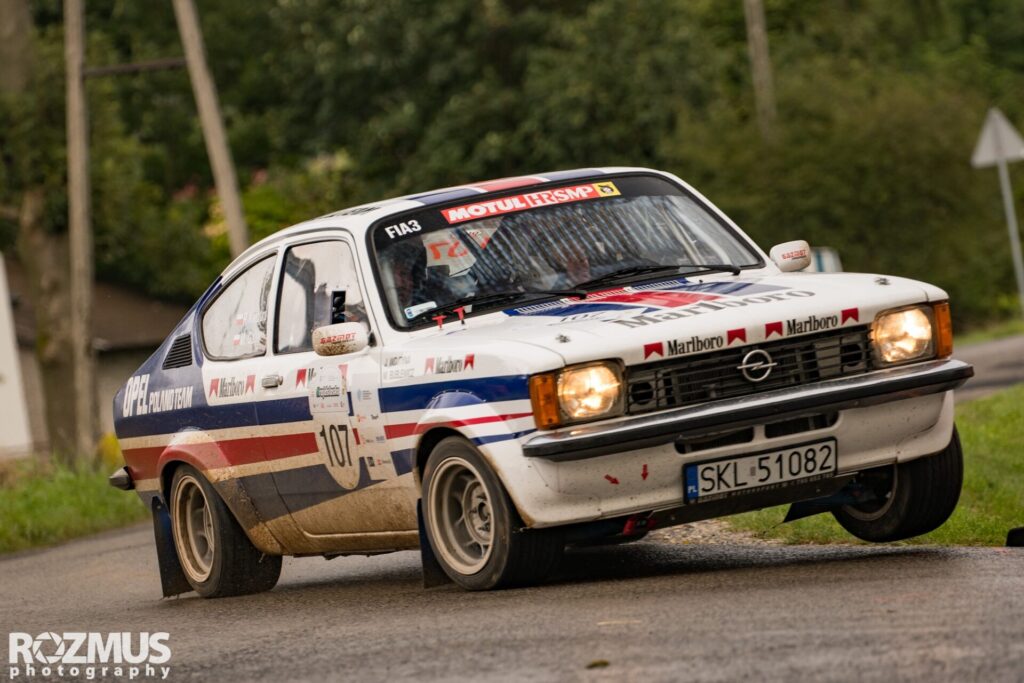
Poland Historic Rally Championship (HRSMP) – information
Poland Historic Rally Championship (HRSMP) is a series held under the aegis of the Polish Motor Association in which drivers and co-drivers compete in cars that achieved their greatest triumphs a few decades ago. They are the history of rallying, which has been coming to life on Polish special stages since 2016.
In the 2017 season, this series gained the prestigious title of the Polish Championships, which is the result of professional organisation and constantly growing interest from the competitors. The year 2018 brought more novelties – five out of seven rounds were conducted together with competitions included in the itinerary of the Polish Rally Championship.
Thus, the competitors in rally cars from years ago drove the same special stages, of the same length, as their colleagues in modern designs giving fans the opportunity to feel the old rally atmosphere.
The 2019 season is a further development of the championship. Each of the six rounds of the HRSMP was accompanied by the RSMP, and the itinerary also included the most important rally event in our country – the Rally Poland.
In 2020, like all other series, the HRSMP had to adapt to the new reality with COVID-19 – only four rounds of the championship were competed.
HRSMP 2024 itinerary:
- 26-28 april – 52. Rajd Świdnicki
- 17-19 may – Rajd Nadwiślański 2024
- 6-8 june – Valvoline Rajd Małopolski 2024
- 8-10 august – 33. Rajd Rzeszowski
- 13-15 september – 69. Rajd Wisły
- 11-13 october – Rally Silesia 2024





